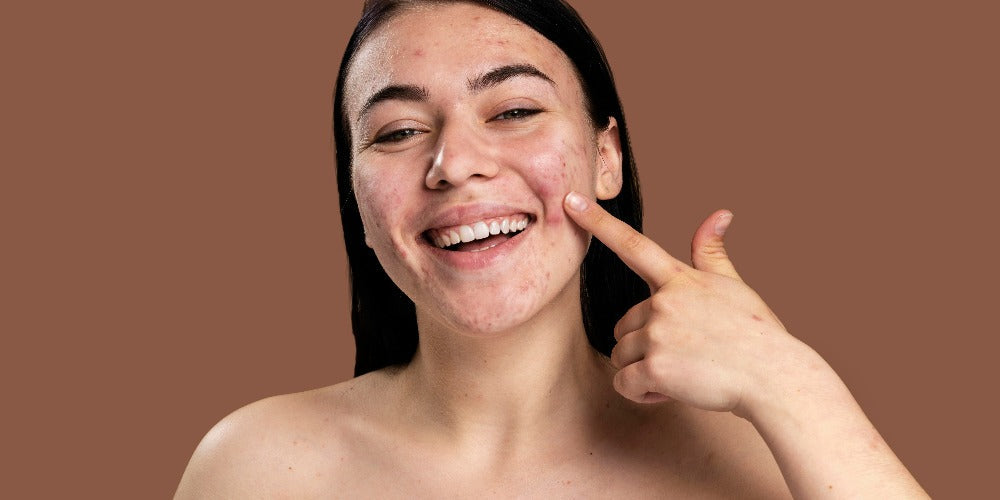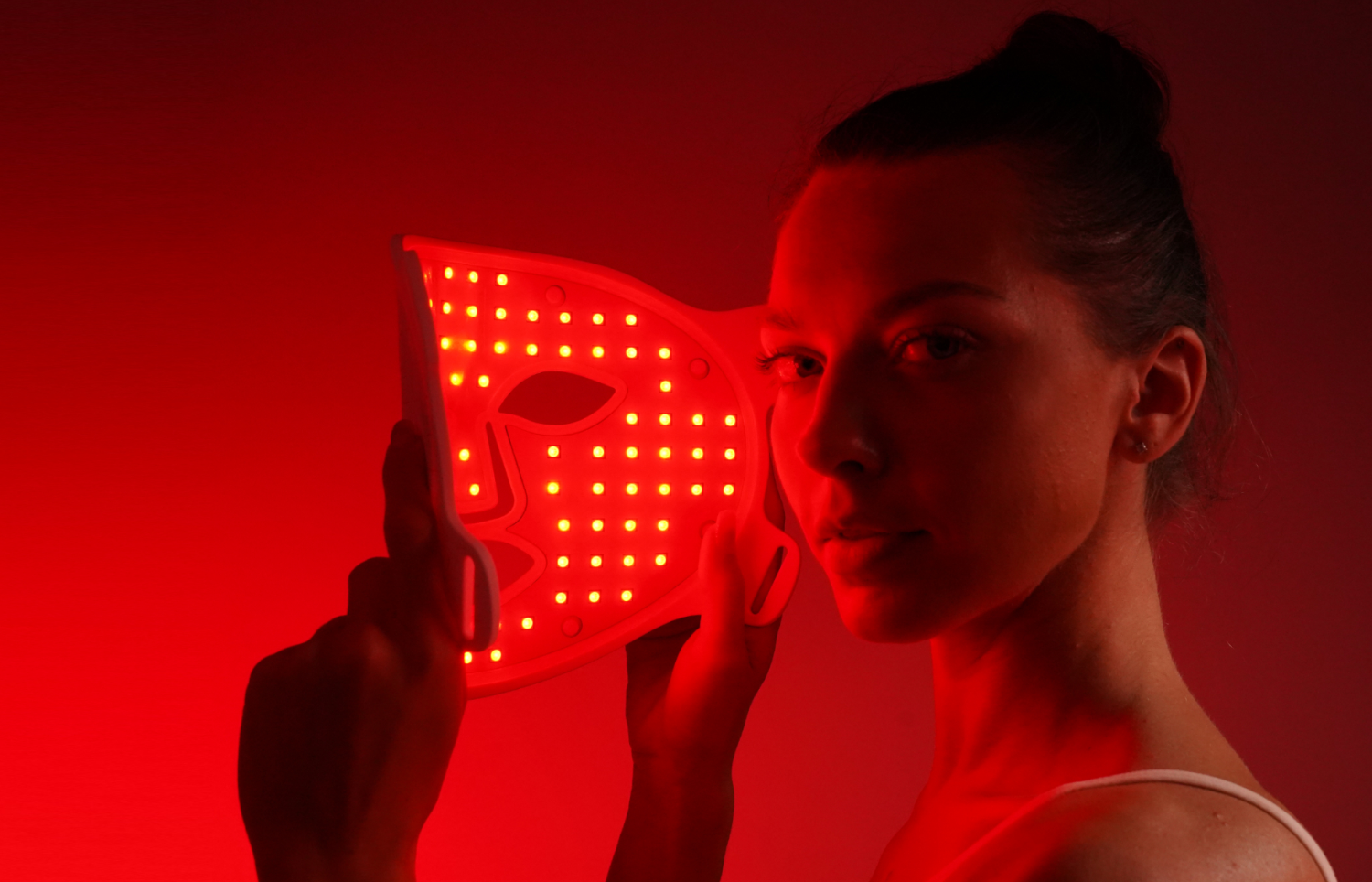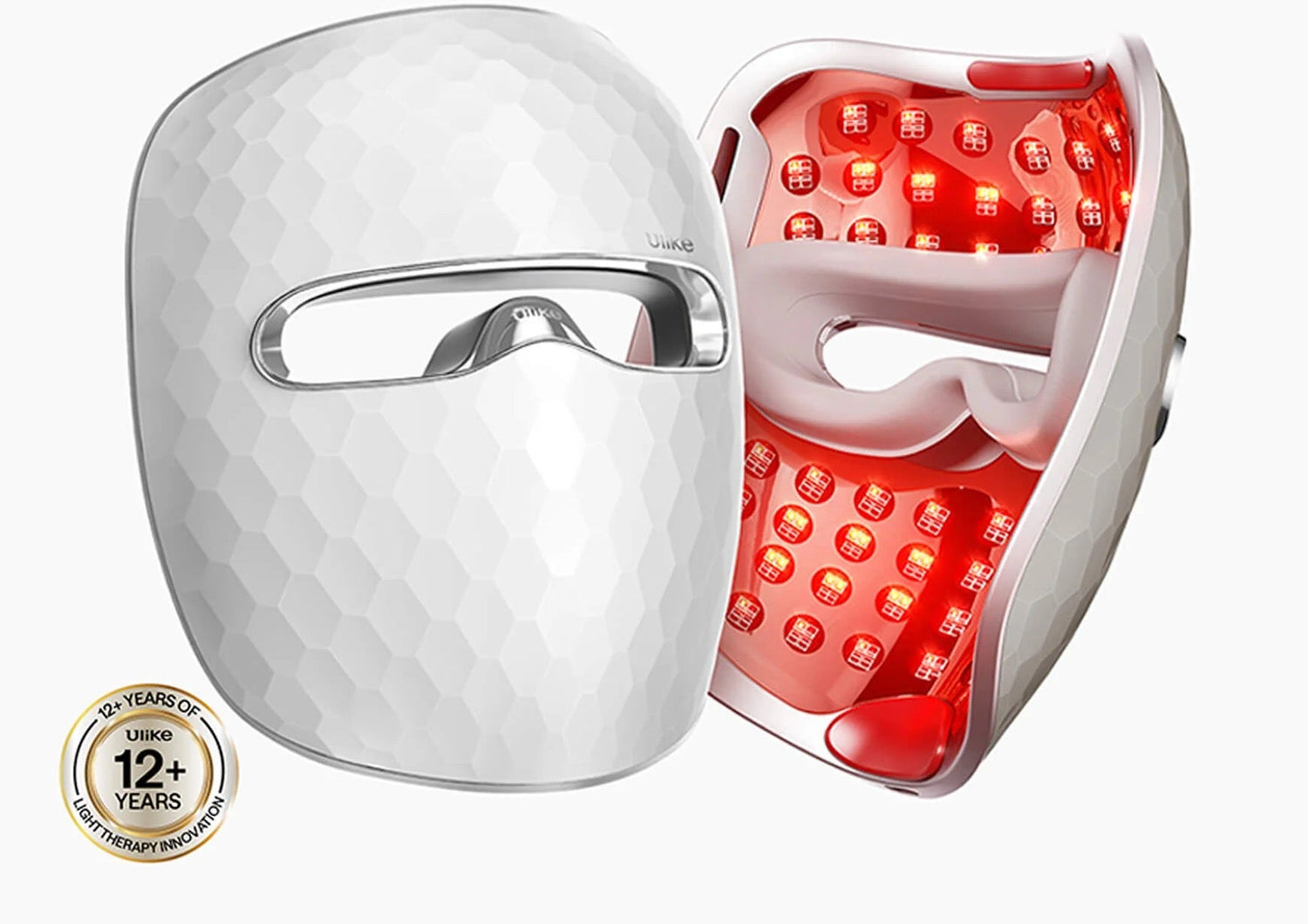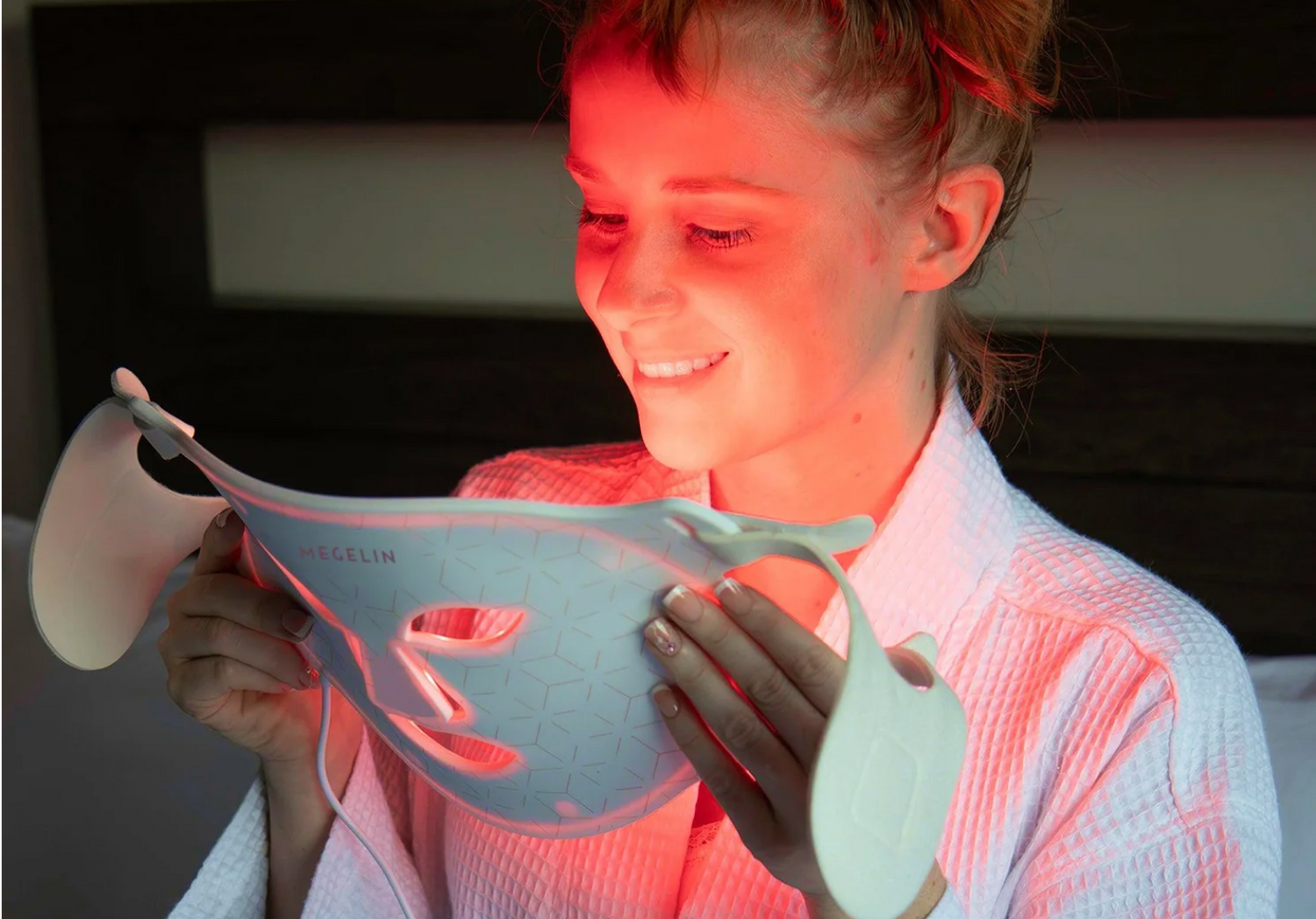
How to Reduce Skin Redness: Proven Methods
megelinbeautyHave you ever wondered how to reduce skin redness that seems to appear out of nowhere? Facial redness can be a frustrating and sometimes embarrassing issue, affecting people of all ages and skin types. From sensitive skin to conditions like rosacea or contact dermatitis, there are numerous reasons why your face might look flushed or irritated. Understanding the root causes and exploring effective treatments has a significant impact on managing this common skin concern.
This article delves into proven methods to soothe red skin and restore a more even complexion. Readers will discover the common triggers of facial flushing, learn about lifestyle changes that can help calm irritation, and explore topical treatments for reducing redness. Additionally, the discussion will cover when it's necessary to consult a dermatologist for professional advice and treatment options. By the end, you'll have a comprehensive understanding of how to tackle skin redness and achieve a healthier, more balanced skin tone.
Common Causes of Skin Redness
Skin redness can be caused by various factors, ranging from mild irritations to chronic conditions. Understanding these causes is crucial for effective treatment and management. Let's explore some of the most common culprits behind facial redness.
Rosacea
Rosacea is a prevalent inflammatory skin condition that causes redness on the face, particularly on the nose, cheeks, and forehead [1]. This chronic condition affects millions of people and is characterized by persistent facial redness that might resemble a blush or sunburn that doesn't go away. Other symptoms may include visible blood vessels, bumps, and pimples [1]. While the exact cause of rosacea remains unknown, researchers suggest it could be related to blood vessel, immune system, or nervous system issues [1].
Seborrheic Dermatitis
Seborrheic dermatitis is another common skin condition that can cause redness and flaking. It typically affects areas with high sebaceous gland activity, such as the scalp, face, upper back, and chest [2]. This condition is characterized by itchy red patches, greasy scales, and white or yellow flakes [2]. While the exact cause is uncertain, factors such as an overgrowth of Malassezia yeast, increased androgen levels, and inflammatory reactions are thought to play a role [2] [3].
Allergic Reactions
Skin allergies are a frequent cause of redness and irritation. Contact dermatitis, a type of allergic reaction, occurs when the skin comes into contact with an allergen or irritant [4]. Common triggers include nickel in jewelry, chemicals in soaps or lotions, and certain fabrics [4]. Symptoms can range from mild redness to severe swelling and blistering [4]. In some cases, allergic reactions may only occur after sun exposure, a condition known as photoallergic contact dermatitis [4].
Understanding these common causes of skin redness is the first step in managing and treating the condition effectively. If you experience persistent or severe redness, it's advisable to consult a dermatologist for proper diagnosis and treatment.
Lifestyle Changes to Reduce Redness
Diet Modifications
Making dietary changes can have a significant impact on reducing skin redness. Incorporating anti-inflammatory foods rich in antioxidants and omega-3 fatty acids can help alleviate symptoms [5]. Foods high in fiber, such as fresh fruits, vegetables, beans, and whole grains, support a healthy gut microbiome, which has been linked to improved skin health [6]. Probiotics found in fermented foods like yogurt, kefir, and kimchi can also contribute to reducing inflammation in the skin [5].
On the other hand, certain foods may trigger redness and should be avoided or limited. These include alcohol, particularly red wine and liquor, which have been associated with an increased risk of rosacea [6]. Hot beverages, spicy foods, and foods high in histamine or cinnamaldehyde, such as aged cheese, processed meats, and chocolate, may also exacerbate symptoms [6].
Stress Management
Stress can significantly impact skin health, making it more sensitive and reactive [7]. To reduce stress-related skin issues, individuals can adopt various techniques:
- Practice relaxation methods like meditation, yoga, or deep breathing exercises [7].
- Engage in regular physical activity, which benefits both skin and overall health [7].
- Prioritize self-care activities, even if only for short periods [7].
- Ensure adequate sleep, aiming for 7-8 hours per night [7].
Avoiding Triggers
Identifying and avoiding triggers is crucial in managing skin redness. Common triggers include:
- Sun exposure: Use broad-spectrum sunscreen with SPF 30 or higher daily and wear protective clothing [8].
- Temperature extremes: Avoid overheating by dressing in layers and using cool compresses when necessary [8].
- Harsh skincare products: Choose gentle, fragrance-free products and avoid those containing irritants like sodium lauryl sulfate [8].
- Wind and cold: Protect the face with a scarf in harsh weather conditions [8].
By implementing these lifestyle changes, individuals can effectively reduce skin redness and improve overall skin health.
Topical Treatments for Skin Redness
Over-the-Counter Options
Several over-the-counter (OTC) products can help manage skin redness and associated symptoms. These treatments often contain soothing, anti-inflammatory ingredients that can calm irritated skin. Some effective OTC options include:
- Niacinamide: This compound, derived from vitamin B3, has shown benefits in calming skin inflammation and offers skin-protective properties [9].
- Zinc oxide and titanium dioxide: Commonly found in sunscreens, these ingredients can protect the skin from sun-related flare-ups [9].
- Green tea extract, licorice, and bitter wood: These natural ingredients have soothing and anti-inflammatory properties [9].
When using OTC products, it's important to:
- Cleanse the skin twice daily with a gentle cleanser
- Apply moisturizer and sunscreen daily
- Avoid scrubbing the skin
- Steer clear of products containing harsh chemicals like alcohol, urea, camphor, menthol, lactic acid, glycolic acid, fragrances, and sodium lauryl sulfate [9]
Prescription Medications
For more severe cases of skin redness, prescription topical treatments may be necessary. These include:
- Brimonidine (Mirvaso) and Oxymetazoline (Rhofade): These gels reduce flushing by constricting blood vessels. Results can be seen within 12 hours, but the effect is temporary [10].
- Azelaic acid, Metronidazole, and Ivermectin: These products help control pimples associated with mild rosacea. Results may take 2 to 6 weeks to appear, with Ivermectin potentially taking longer but offering more lasting effects [10].
- Beta blockers: In some cases, oral beta blockers may be prescribed to narrow blood vessels and reduce facial redness. However, these can cause side effects such as tiredness and dizziness [11].
For persistent or severe redness, it's advisable to consult a dermatologist for proper diagnosis and treatment recommendations.
When to See a Dermatologist
Persistent Symptoms
While many skin issues resolve on their own or with over-the-counter treatments, certain situations warrant professional medical attention. Individuals should consult a dermatologist if they experience a rash that hasn't cleared up with home care after about a week or two [12]. Persistent symptoms that require medical evaluation include rashes that spread rapidly, cause pain, or involve open sores or raw skin [13].
Signs of Underlying Conditions
Some skin problems may indicate more serious underlying conditions. It's crucial to seek medical attention if experiencing:
- A rash covering most of the body
- Fever or illness accompanying a rash
- Blisters or open sores, especially near the eyes, lips, mouth, or genital area
- Difficulty breathing or swallowing
- Swelling of the eyes or lips [13]
Additionally, signs of infection such as pus, yellow or golden crusts, warmth, or an unpleasant smell should prompt a visit to a dermatologist [13]. Skin changes can also be indicative of systemic conditions like diabetes or lupus, necessitating professional evaluation [14].
Dermatologists are specialists trained to efficiently diagnose and treat skin conditions. Their expertise allows them to identify the cause of inflammation and develop an appropriate treatment plan [12]. By seeking timely medical attention, individuals can address skin issues effectively and prevent potential complications.
Conclusion
Managing skin redness has a significant impact on both physical comfort and emotional well-being. By understanding the root causes and exploring various treatment options, individuals can take control of their skin health. From making simple lifestyle changes to using targeted topical treatments, there are many ways to tackle this common skin concern. What's more, knowing when to seek professional help ensures that more serious conditions are addressed promptly.
In the end, reducing skin redness is about finding the right balance for your unique skin. It's a journey that might involve some trial and error, but the results are worth it. Remember, healthy skin isn't just about appearance – it's an essential part of overall health and self-care. By putting these methods into action, you're on your way to achieving a calmer, more balanced complexion.
FAQs
1. What are some quick methods to alleviate skin redness?
To quickly reduce skin redness, you can apply cucumber slices directly to the affected areas to cool and soothe the skin. Additionally, clay masks are quite effective in addressing irritation and redness. You can make your own by mixing water with facial clay to form a thick paste, applying it to your face, and leaving it on for about 20 minutes before rinsing off.
2. What is the most effective treatment for skin redness?
A good skincare routine includes using a non-soap cleanser twice daily and applying moisturizer. Certain over-the-counter face creams that contain ingredients like azelaic acid, dicarboxylic acid, or niacinamide may also help reduce redness and improve symptoms of conditions like rosacea.
3. How can one minimize visible redness on the skin?
To reduce visible redness, opt for skincare products that contain soothing ingredients such as niacinamide, sulfur, allantoin, caffeine, licorice root, chamomile, aloe, and cucumber. These components are known for their redness-reducing properties, according to Dr. David Bank, a board-certified dermatologist in Westchester, New York.
4. Which procedures are effective in removing skin redness?
Laser or light treatments are effective in reducing or eliminating blood vessels that cause redness. For thickened skin, dermatologists might use laser resurfacing. These treatments have also been used in small studies to treat permanent facial redness or redness associated with acne-like blemishes.
References
[1] - https://my.clevelandclinic.org/health/diseases/12174-rosacea
[2] - https://my.clevelandclinic.org/health/diseases/14403-seborrheic-dermatitis
[3] - https://nationaleczema.org/eczema/types-of-eczema/seborrheic-dermatitis/
[4] - https://www.webmd.com/allergies/skin-allergy-types-triggers
[5] - https://www.kirschderm.com/rosacea-diet-what-foods-to-eat-and-avoid/
[6] - https://www.medicalnewstoday.com/articles/rosacea-diet
[7] - https://www.webmd.com/beauty/the-effects-of-stress-on-your-skin
[8] - https://www.aad.org/public/diseases/rosacea/triggers/prevent
[9] - https://www.healthline.com/health/rosacea/rosacea-treatment-over-the-counter
[10] - https://www.mayoclinic.org/diseases-conditions/rosacea/diagnosis-treatment/drc-20353820
[11] - https://www.ncbi.nlm.nih.gov/books/NBK279475/
[12] - https://skinandcancerinstitute.com/do-you-need-to-see-a-dermatologist-for-that-rash/
[13] - https://www.aad.org/public/everyday-care/itchy-skin/rash/rash-101
[14] - https://www.healthline.com/health/skin-disorders











